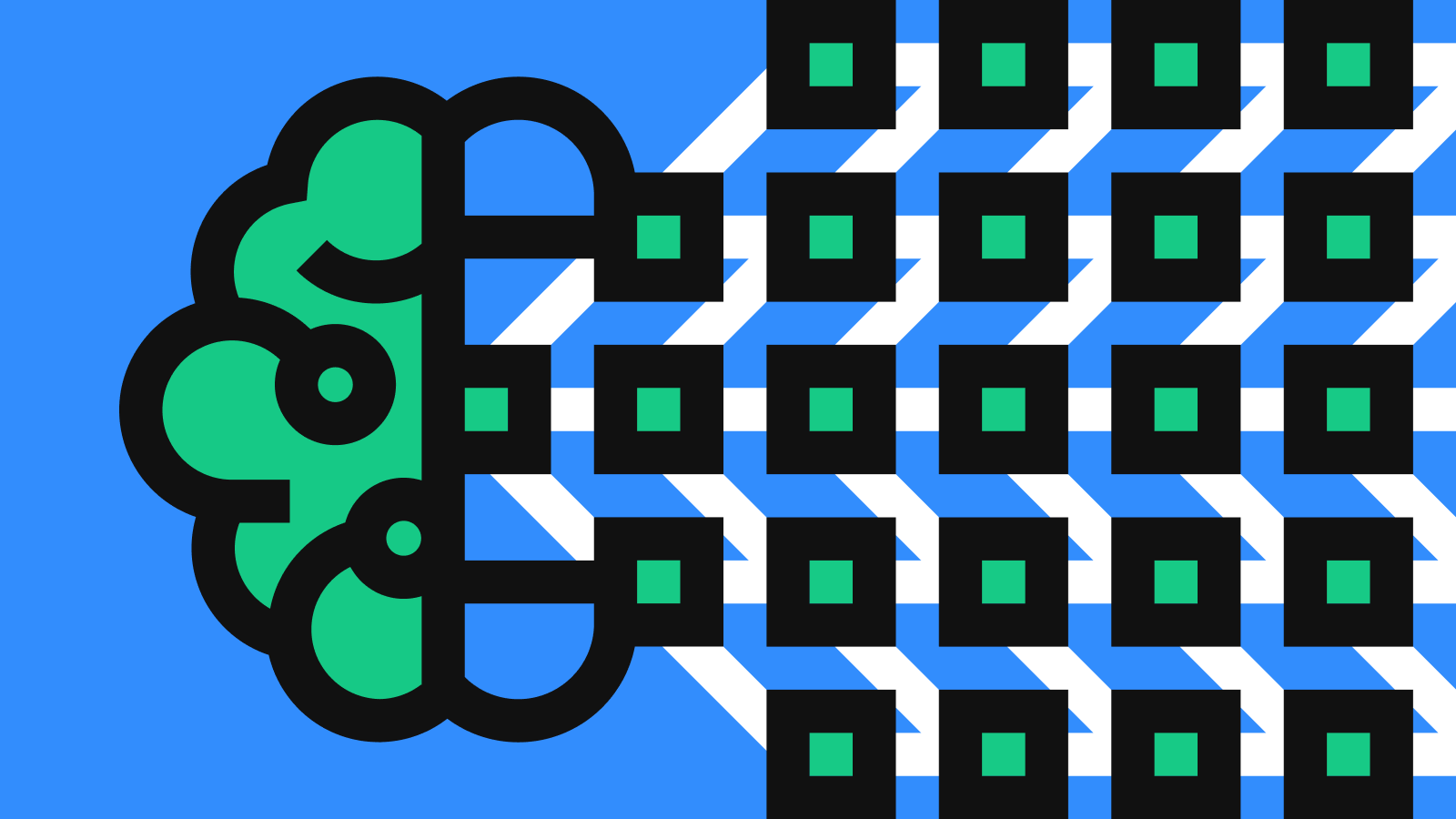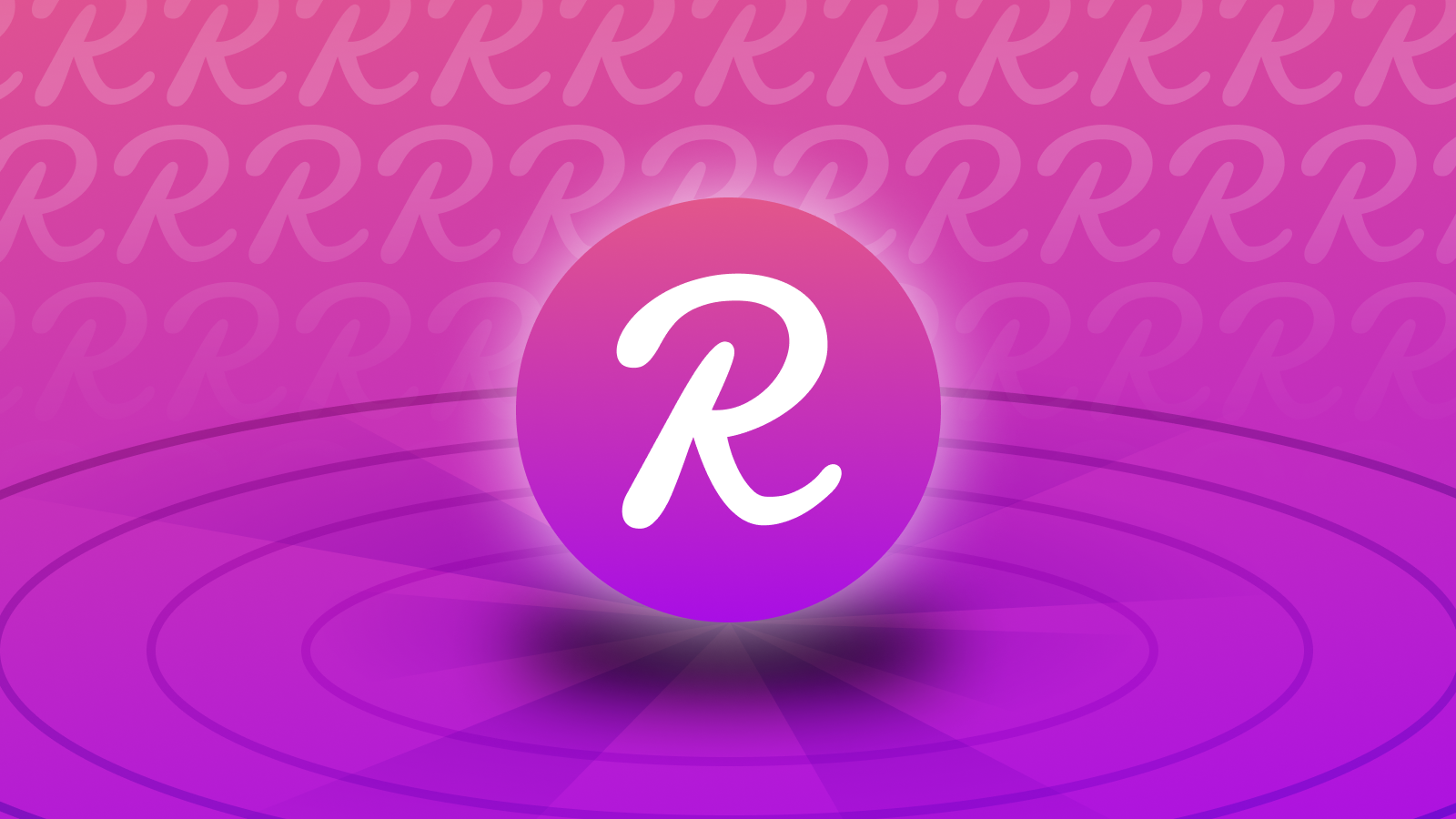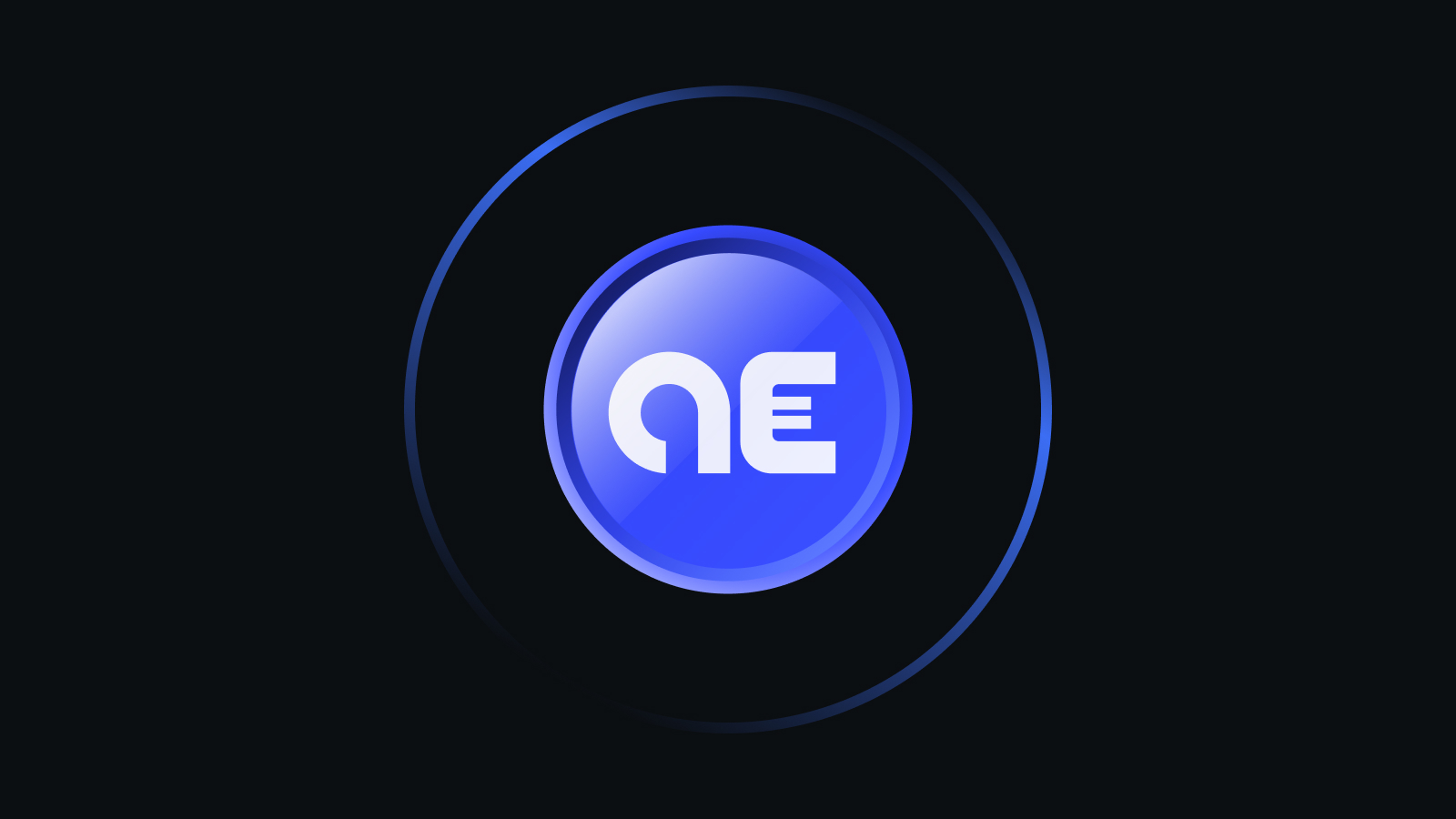What is artificial intelligence (AI)?
On a basic level, there are two main types of AI – narrow AI and strong AI.
Narrow AI targets specific or limited tasks such as facial recognition, spam filtering, or playing chess. Strong AI, on the other hand, would be capable of handling a wide range of tasks instead of one particular task. It could potentially have human-level cognition and would be able to complete any intellectual task that a person could. Narrow AI exists today, while strong AI has yet to emerge – as a matter of fact, many experts question whether it is even possible.
For this reason, it’s important to take a closer look at how they may interact in the future.
The synergy of AI and blockchain
AI improvements for blockchain
The decentralized data economy
Data is an increasingly valuable asset that not only needs to be securely stored but also exchanged. Effective AI systems are strongly dependent on data, something blockchains can store with an extremely high degree of reliability.
Decentralized data exchanges aim to create a new data economy running on top of blockchains. These exchanges would make data and storage available for anyone (or anything) to easily and securely access. In connecting to this data economy, AI algorithms could use a larger set of external inputs and learn faster. On top of this, the algorithms themselves could also be exchanged in these marketplaces. This would make them more accessible to a wider audience and could speed up their development.
Decentralized data exchanges have the potential to revolutionize the data storage space. Essentially, anyone would have the ability to rent out their local storage for a fee (paid in tokens). In turn, existing data storage service providers would have to improve their services to stay competitive.
Some of these data marketplaces are already up and running, though they are in their early stages of maturity. By incentivizing data and storage providers to maintain high data integrity, AI systems will also benefit.
Decentralized supercomputers
Training AI doesn't only require quality data from which the algorithms can learn but also a lot of computing power. AI algorithms often use a type of computing system known as an artificial neural network (ANN). ANNs learn to perform tasks by considering a lot of examples. These ANNs often require serious computational power to crunch through millions of parameters to perform a designated task.
AI systems could be trained on these computing platforms much more effectively and with decreased cost. While early use cases deal primarily with rendering 3D computer graphics, the focus might slowly shift towards AI.
Better auditability of AI decisions
Decisions made by AI systems can be hard for humans to understand. These algorithms can work with such an abundance of data that it would be practically impossible for any human to audit and replicate their decision-making process.
If decisions are recorded based on every data point, there is a clear audit trail for humans to check, which could increase the trust in decisions made by AI algorithms.
Closing thoughts
If these two technologies can live up to their potential, they'll undoubtedly create a lasting impact. While many companies are leveraging them separately, there are some interesting use cases where they can be combined.
As both technologies develop further, more innovation may be uncovered through the harnessing of blockchain tech and AI simultaneously. The potential results are hard to assess, but it’s quite certain that they will lead to improvements in many aspects of our economy.


